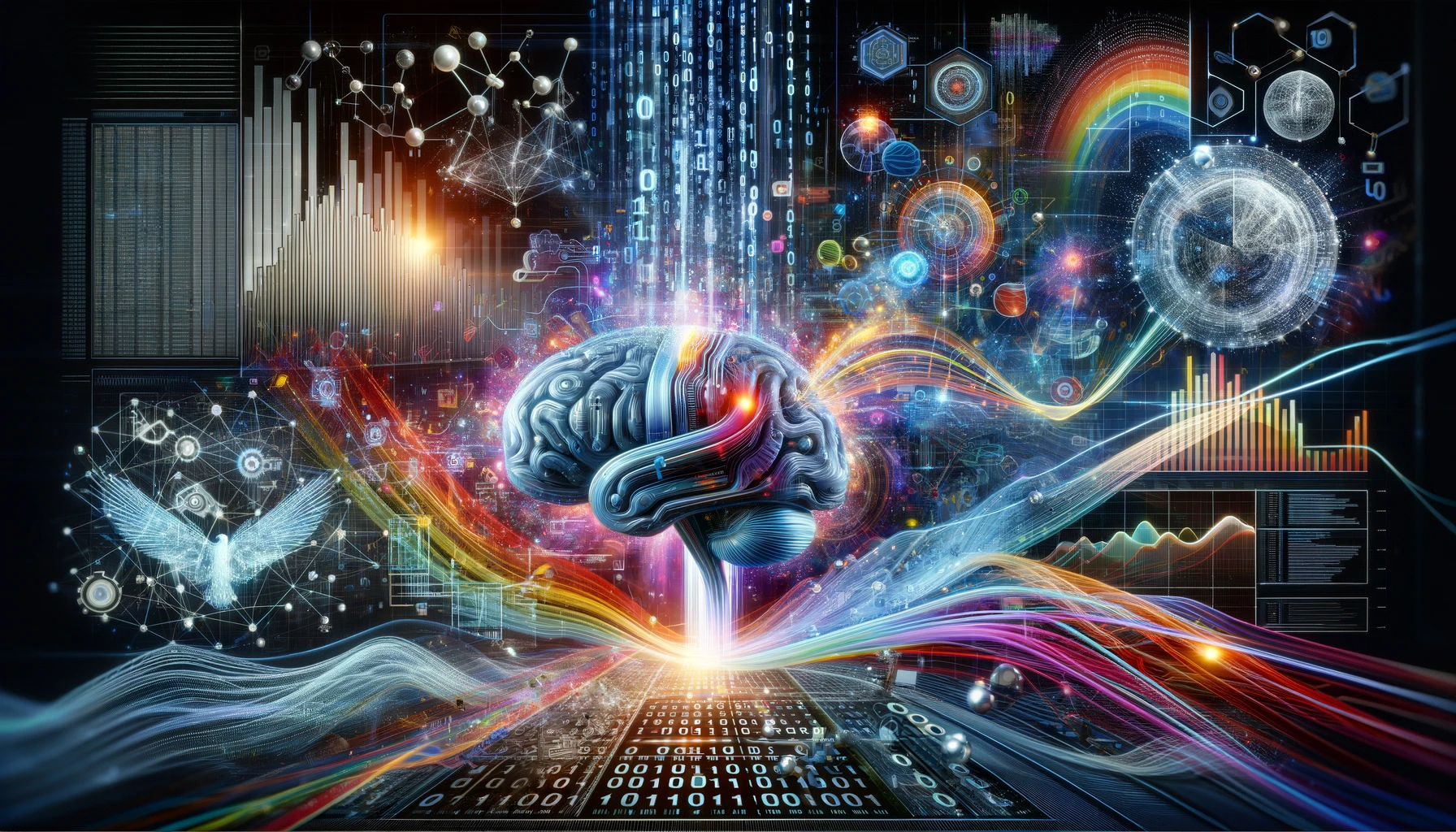Introduction
Artificial General Intelligence (AGI) represents the frontier of computational technology, promising capabilities that far exceed the specialized tasks addressed by current Artificial Intelligence systems. By integrating the principles of AGI with the fields of big data, deep learning, and data visualization, we stand on the cusp of revolutionizing how we process, analyze, and interpret the vast amounts of information generated in the digital age. This blog delves into the transformative potential of AGI in these critical areas, offering insights into the future of technology and data science.
AGI and Big Data: Navigating the Ocean of Information
Big data encompasses the massive volumes of structured and unstructured data that traditional data processing applications cannot effectively handle. The challenge lies not just in the quantity but also in the complexity and the speed at which this data is generated. AGI, with its ability to understand, learn, and make decisions at a generalized level, presents a groundbreaking solution.
Adaptive Data Processing:
AGI systems can adapt their data processing algorithms in real-time, optimizing for efficiency based on the nature of the data. This adaptability ensures that irrespective of the data volume or complexity, the processing is done effectively and promptly.
Predictive Analytics:
Through advanced pattern recognition and learning capabilities, AGI can predict trends and outcomes from big data with unprecedented accuracy. This enables businesses and researchers to make informed decisions faster than ever before.
AGI and Deep Learning: Beyond Narrow AI
Deep learning, a subset of machine learning, has been at the forefront of AI’s recent successes, powering advancements in areas such as image and speech recognition. However, deep learning models require vast amounts of labeled data and extensive training for specific tasks. AGI transcends these limitations by facilitating more versatile, efficient learning processes.
Self-Improving Algorithms:
AGI systems are designed to learn and improve autonomously. This means they can refine their deep learning models over time without human intervention, leading to more effective and adaptable solutions.
Cross-Domain Knowledge Transfer:
Unlike conventional deep learning models that are confined to their training data, AGI can leverage knowledge across different domains. This cross-pollination of ideas and techniques can lead to innovative solutions in deep learning problems.
AGI and Data Visualization: Illuminating Insights
Data visualization transforms complex data sets into intuitive, graphical representations, making it easier to identify patterns, trends, and outliers. The integration of AGI with data visualization tools can revolutionize how we interpret data, offering a more dynamic and insightful approach.
Intelligent Visualization Tools:
AGI can drive the development of intelligent data visualization tools that automatically select the most effective visualization methods based on the data characteristics and the user’s objectives. This not only enhances the interpretability of data but also makes complex data accessible to a broader audience.
Interactive Data Exploration:
By incorporating AGI, data visualization platforms can become more interactive, allowing users to query and manipulate data in real-time. AGI’s understanding of natural language processing enables it to comprehend complex queries, offering users a more intuitive and engaging data exploration experience.
Conclusion
The fusion of AGI with big data, deep learning, and data visualization represents a bold leap forward in our ability to harness technology for understanding and leveraging the information that shapes our world. As AGI technologies continue to evolve, they promise to unlock unprecedented opportunities for innovation, efficiency, and insight across all sectors of society. For educators, students, and professionals eager to stay at the forefront of this wave of change, the exploration of AGI and its applications offers a thrilling and rewarding journey into the future of technology.

